12 Volt Solar Charging Basics
Overview
How do you Charge a Deep Cycle Battery?
A good dual battery system will power the avid camper for a day or two without running their vehicle. But what if you want to stay put for longer? For silent, free energy from the sun – Solar Power is the solution for you.
Learn how to wire in a dual battery system.
Learn about battery maintenance.
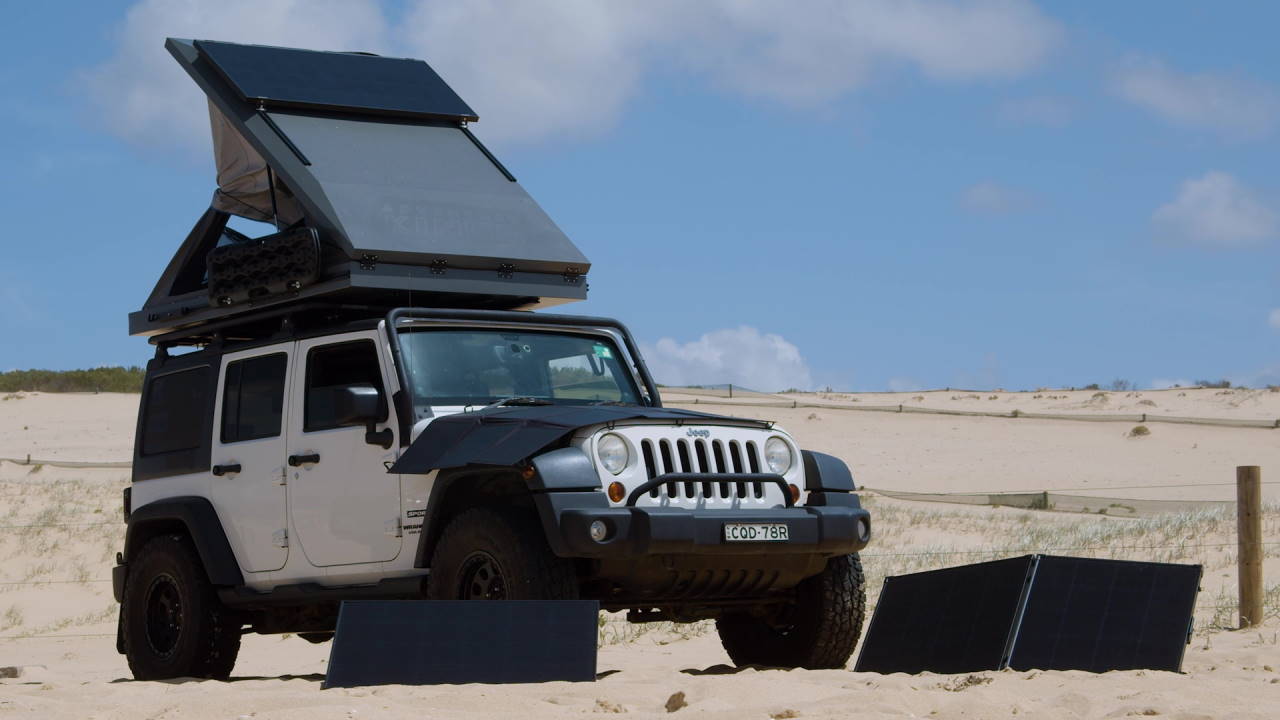
What are the Best 12v Solar Panels?
Solar panels come in a few different styles and sizes. Fixed, folding, blanket or maintenance charge varieties being the most common. What works for you will depend on how much power you need for maintenance or bulk charging and if you need a fixed, mounted solution or a compact solution that folds away.
A maintenance charging solar panel is inexpensive, but not designed to charge a camping setup. However; leave this type of panel connected to your battery when not in use – and so long as there's sunshine – your battery will remain topped up and ready to go. A fixed solar panel is great if you have a large surface on which to permanently mount it. This could be the roof of a caravan or camper – or even a vehicle. Of course, solar panels need sunlight to function, so parking the shade is not an option.
Optimum solar performance occurs when the panel is angled toward the sun, making the next option – a folding solar panel – slightly more effective than the fixed panel. You can park your vehicle or trailer in the shade and place the panel in the sun – angling it on the stand for maximum performance. Of course, you'll have to move the panel regularly to follow the sun – and it's a rather heavy and bulky item to pack away. Enter the solar blanket, an alternative to the folding solar panel which is far more compact. While they typically cost a little more for the same wattage; you'll enjoy a significant saving on space and weight. Lay it out on the car bonnet, across a rock, or maybe the top of your trailer and follow the sun throughout the day.
What does Supercheap Auto Stock?
- VSR Kits - If you have a battery installed for solar use, wy not have the vehicle charge it while you drive with a Voltage Sensitive Relay.
- DC to DC Charger - Better yet, a DC to DC Charger with a Solar input is a great way to charge your battery using solar and the vehicles alternator in one handy compact unit.
- Battery Boxes - Keep your deep cycle battery stored away in a battery box for peace of mind.
- Deep Cycle Batteries - If you're planning a dual battery setup, you're going to need a deep cycle battery that's designed to be drained.
- Solar Panels - Keep your batteries charged without your vehicle running with a solar setup.
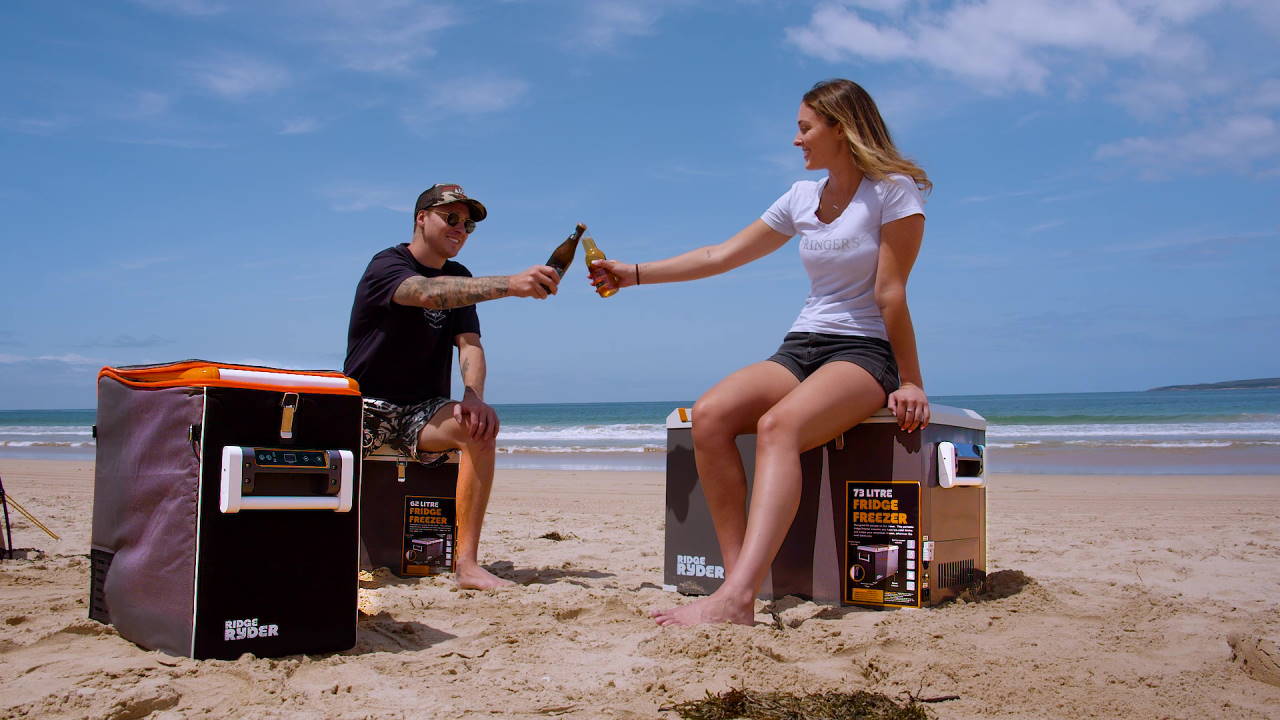
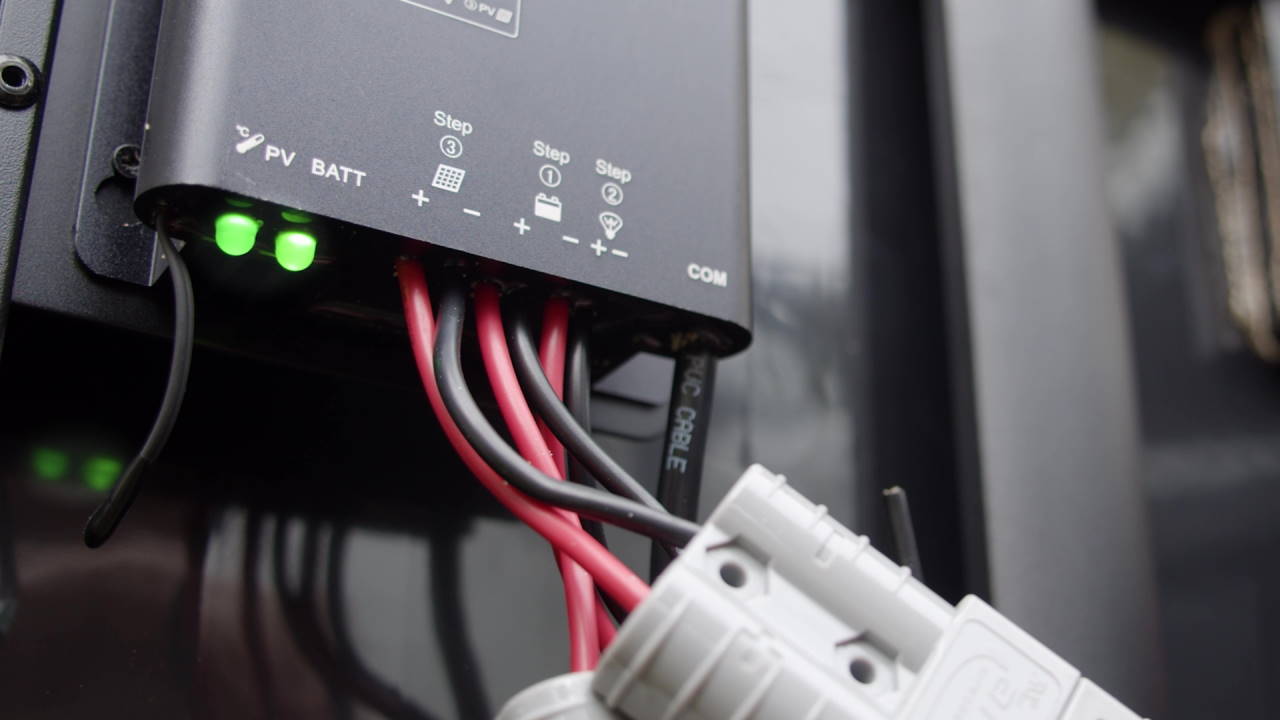
What is the best 12v solar regulator?
Anyone of the three; fixed, folding and blanket solar panels will do an excellent job. Too good, in fact! The voltage produced by these solar panels is enough to ruin a 12-volt battery very quickly. Therefore, you need a regulator on everything but the maintenance charge solar panels. A basic PWM (Pulse Width Modulation) regulator runs at 70% efficiency which will limit the charging voltage to a healthy level for the battery, while a more advanced MPPT (Multi-point power tracking) regulator will convert that excess voltage to a higher charge current. These normally run around 97% efficiency and means more power from the same panel!
Many solar panels come with a regulator in the box, or even integrated into their design. So check this before your purchase a regulator you don't need. It's also worth considering a solar panel at the planning stage of your electrical system; as many DC chargers for managing extra batteries include a multi-point power tracking regulator for your solar setup.
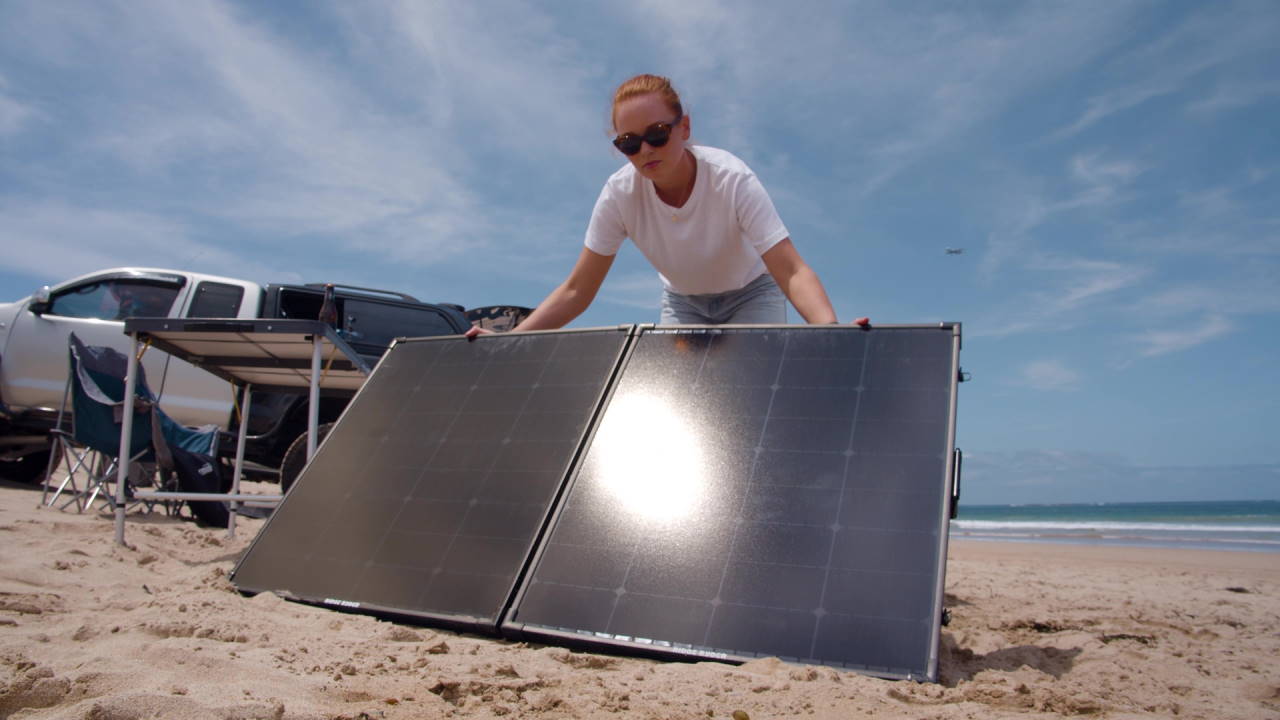
What size solar panel do I need to charge a 12 volt battery?
So you're set on a style of solar panel. But how many watts? How do we work it all out? For this, it's worth putting some calculation into your power requirements. First, is to understand one simple theory calculation, Watts = Amps x Volts
Next, add up the current draw of the accessories you will run over 24 hours. The current draw is measured in amps, or amp hours and can be found in product specifications.
>You might run a 1 amp light for 4 hours at night, so that's 4 amps. And your fridge may use an average 2 amps every hour, over the 24 hours, there's 48 amps. A total of 52 amps.
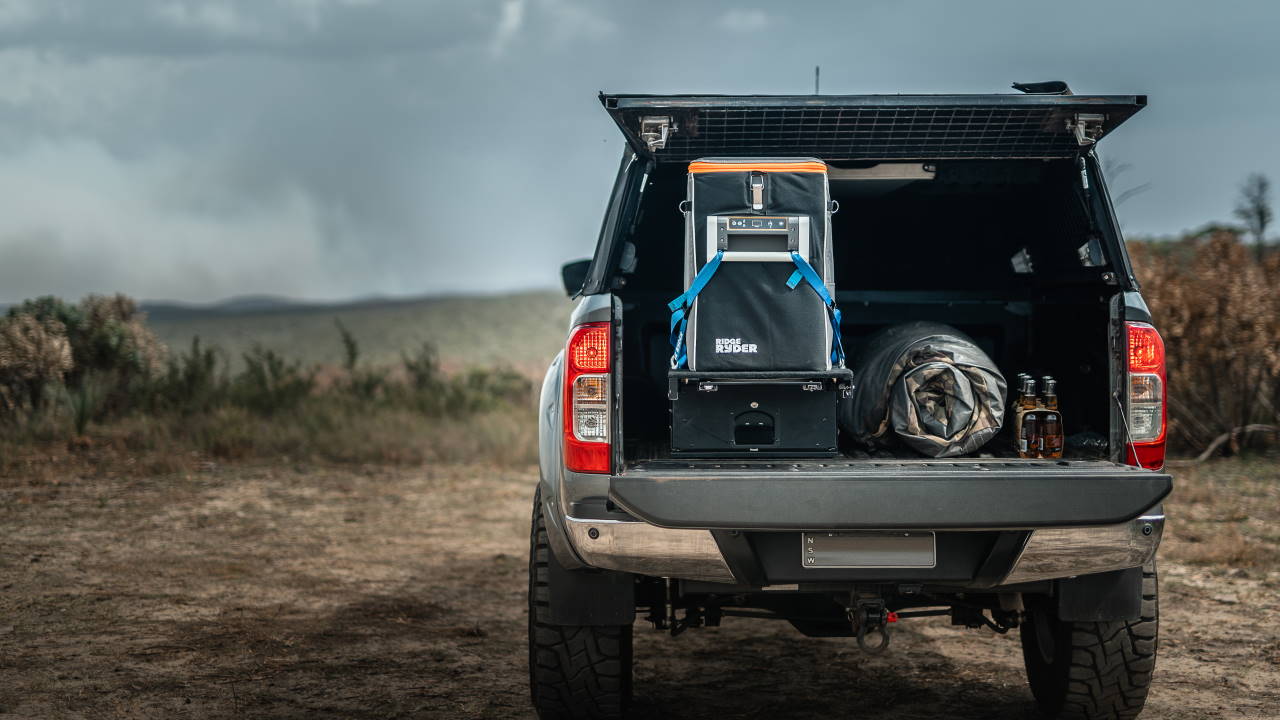
Now you must convert amps to watts, which is easier than you think. Just multiply the draw from your fridge and accessories over 24 hours, 52 amps by 12-volts to give you an estimate – and the resulting number 624 is your estimated wattage power consumption over the period or watt-hours (wh for short).
In theory, 624-watts of solar panels would replace that energy in one hour. But if you find you have 8 hours of good, direct sunlight; you can divide that number by 8 resulting in a more suitable 78 watts.
In reality, it is best to overrate your systems requirements by at least 20% so a 100 watt panel would be more suitable for this situation.
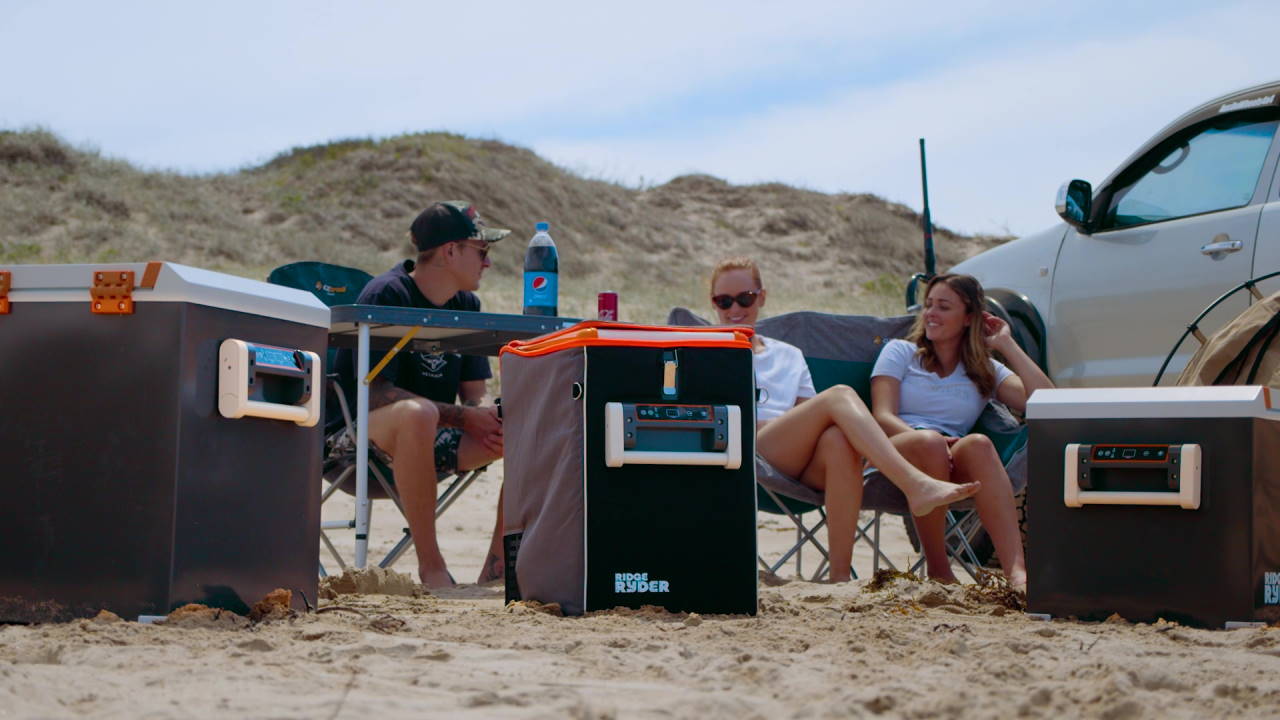
How does it all work out in practice/theory?
Solar panels make 100w / 12v = 8.33 amps of charge per hour during sunlight.
An average of 2 amps is used to power the fridge leaving 6.33 amps to charge the battery.
6.33 amps x 8 hours of additional charge = 50.66 amps
16 hours of no sunlight results in 32+4 amps being drained from the battery (lets say a 100ah battery) leaving 64 amps left and a deficit of 36 amps to top it up the next day.
This means we have a positive additional charge during the day to ensure the battery is 100% before the sun goes down. However, if the sun is blocked by clouds, you won’t be getting as much charge from the sun which may lead to a drain overall. We hope this helps explain the maths behind solar calculations and that you’ll be able to work it out on your own.
Steps
*Important information* - Click here to read more about our How-To terms and conditions.